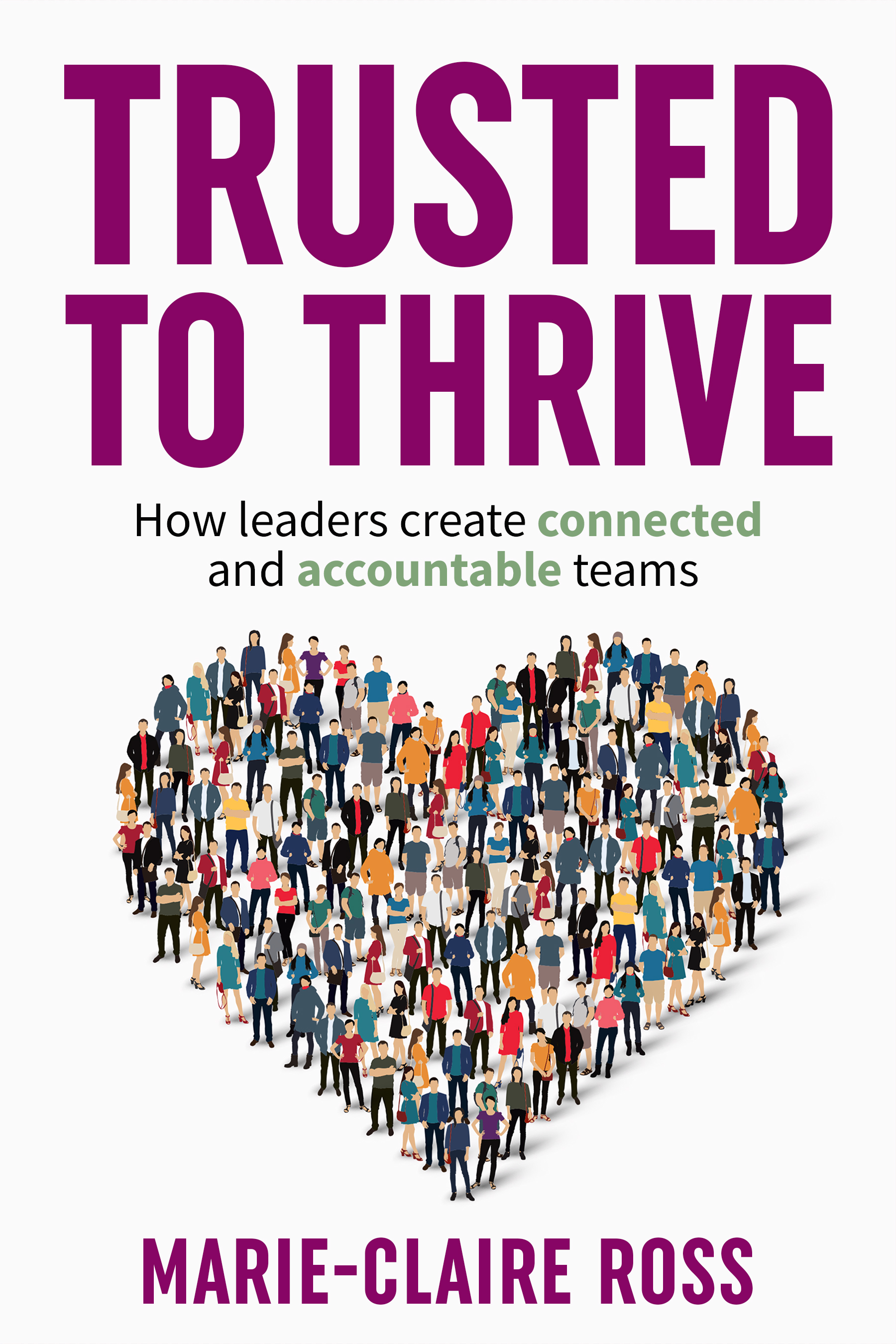
Despite the sluggish worldwide economy that we have experienced in 2016, economists still expect global growth forecasts to remain fairly static in 2017 with a potential...
Globalisation, the gig economy, and automation are greatly changing our daily work. According to The Foundation for Young Australian’s research, today’s young people will need to work more independently and rely less on receiving explicit instructions and dedicated teaching. This shift will require entrepreneurial skills such as problem-solving, collaboration, resilience, communication, and integrative leadership.
This is predicted to be in full swing by 2030. Organisations that encourage, develop, and support these skills now will be the best placed to withstand the changes ahead. What’s interesting is that many organisations already know this at some level. The problem is how they are trying to resolve it isn’t working.
According to Deloitte’s Global Human Capital Trends, the pressure on companies to improve learning and development is intensifying. Eighty percent of Australian HR and business leaders rate the importance of learning as both important and very important. Yet, CEOs and CHRO’s lament that their companies are not developing skills fast enough or leaders deeply enough.
And it’s not like they are not trying. According to research by CEB, companies spend an estimated $145B per year on training. Yet, it is estimated that less than half of those investments pay off.
Why? Four in five employees are bad at learning, wasting 11% of their time on unproductive learning each day (or costing $134.5 M in employee productivity annually). But it’s not employees who are at fault.
There was also a noticeable disconnect between what L&D and business-line managers agreed upon as the most critical leadership capabilities. However, four capabilities were rated as very important by both camps:
1. Demonstrating integrity (77%)
2. Managing complexity (75%)
3. Inspiring engagement (70%)
4. Acting strategically (70%)
According to The Economic Relevance of Trust study, where employees reported that their leaders acted with integrity (an essential component of a high-trust culture), the organisation itself had a number of competitive advantages. These included higher productivity, increased profitability, better industrial relations and greater attraction of top job applicants.
Unfortunately, the majority of business managers do not their believe leadership development programs deliver well in any of the most important capabilities. The very capabilities that are prized as being relevant to the challenges companies face today.
So why is it so hard for organisations to improve leader capabilities for the future? Is it training quality? Is it leadership support? Is it the capabilities of the L&D department?
It’s none of those.
The real issue is that doing more training on its own isn’t enough. You can’t get any type of behavioural change unless you change the underlying beliefs. If you want to improve integrity and a leader’s ability to be visionary and lead their teams with trust you have to go below the surface. That means working on the saboteurs lurking in our brains that stop us from learning new things and trusting ourselves and those around us. Saboteurs we mistakenly believe are our friends but that keep us stuck and in a state of resistance.
For any change to be long-lasting, more planning and thought into changing behaviours is required, in order to provide employees with the right skills needed by the organisation for both now and in the future. And it’s more than just putting together a training program. It also involves creating the right learning culture. Here are five steps to improve corporate learning and create the right future leaders:
1. Improve your systems – Typically, companies repair trust by treating symptoms, rather than the systemic underlying causes. The most famous corporate scandals of our time involved organisations that superficially fixed trust symptoms. Both Enron and Lehman Brothers had codes of conduct and ethics training, yet failed to act in a trustworthy manner across the board. The best way is for the organisation to support trust behaviours that are best suited to their mission and values. Led by the CEO and executive team it includes only tolerating behaviours such as honesty, transparency, gaining feedback from the frontline (and taking action on it) and promoting a culture of learning. It has to be embedded into everything you do from internal communication, recruiting people with a growth-mindset, standard operating procedures, KPIs, performance reviews and culture surveys.
2. Embed a Culture of Learning – Without the right environment that supports and champions learning, employees will tend to ignore its importance. Organisations need to create the right learning environment that champions exploring new ways of doing things, rejects low trust behaviours and encourages risk-taking within certain parameters. People won’t learn if their learning is not supported by their boss or their peers. Provide leaders with training on how to create psychological safety, in order to encourage brainstorming, collaboration and open feedback loops. Create team meeting frameworks that champion learning and encourage project and conference debriefs.
3. Undertake regular 360-degree interviews – While the results can be devastating for many a poor performing leader, the truth is there is no better method to provide people reality-based based information to help them bust through the blind spots. In a high performing and supportive environment, good leaders actually see these results as helping their career not damaging it. Research by Carter Cast in The Right (and Wrong) Stuff: How Brilliant Careers are Made and Unmade, indicated that job proficiency simply isn’t enough. Without self-awareness and the ability to work well with others, managers’ and leaders’ careers are at dire risk of derailing.
4. Provide Coaching – Support leaders with coaching that encourages them to be exploratory and less fixed in their mindset, in order for them to understand how they operate and what’s sabotaging their efforts. This means shifting people from the survival brain to the more expansive, newer brain. In other words, the right side of the brain where employees can feel excited about the company’s vision, can collaborate with others and see meaning in their work and feel valued for their contribution.
5. Encourage Continuous Learning – In most traditional workplaces, learning is isolated and is a series of distinct and often separate programs. What research is finding to be more successful is structuring resources, expectations, and a learning culture in such a way as to encourage employees to learn continuously throughout their tenure. Productive learning needs to be tied to the strategic priorities of the organisation and needs to be available anytime and anywhere. Not just in a classroom. This includes regular feedback from leaders (rather than at the annual performance review), an exploration of values and mission in meetings, formal training, job rotations, training on demand and stretch assignments. It also means teaching employees about trust with the support of coaching to more deeply embed learning and change behaviours.
It might seem counter-intuitive, but working on trust first opens up the ability for employees to have honest discussions about what they are experiencing at work, what training they require and what needs to be improved. Rather than pretending all is well and everyone is perfect. Trust is a foundational element of all high-performance cultures. Working on improving trust levels first, has a big impact on improving other typical workplace challenges from low productivity right through to poor innovation. It’s the precursor for behavioural change.
Brilliant things occur when employees have an exploring mindset and are high trust: in their leader, team, and themselves. They are more willing to experiment and talk openly about issues that they face.
This can only happen in an environment where leaders create the right space for people to know that their contributions, questions, and feedback matter; where suggestions and ideas aren’t wrong.
And it all starts with the right workplace culture. One that supports and champions learning and provides leaders with the right interpersonal and intrapersonal skills to foster trust. After all, if the future of work means robots might take our jobs – no robot can compete with a human who can bring people together in a nurturing, trusting environment.

Despite the sluggish worldwide economy that we have experienced in 2016, economists still expect global growth forecasts to remain fairly static in 2017 with a potential...

As humans, we want to be with other humans and be part of something bigger and better than we can create on our own.